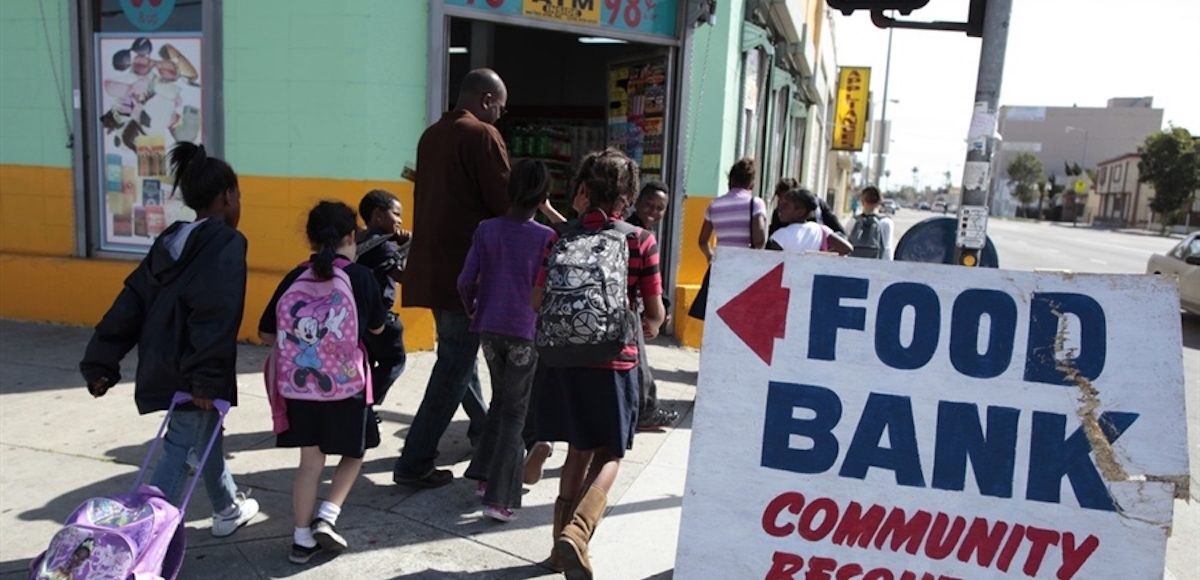
I’m thinking of creating a new, pithy way of describing leftists who lie about poverty. And there are plenty of them.
- The United Nations.
- The Organization for Economic Cooperation and Development.
- The Equal Welfare Association.
- Germany’s Institute of Labor Economics.
- The Obama Administration.
Today, we identify some additional members who are eligible for this disreputable club.
And we’ll start with the European Commission.
Here’s a chart from a recent report that supposedly shows poverty rates in various European nations.

If you compare the “at-risk-of-poverty rate” for various nations, you’ll notice some very odd outcomes.
For instance, the tiny tax haven of Luxembourg is one of the world’s wealthiest nations, yet it supposedly has more poverty than Hungary. And super-rich Switzerland has more poverty than Slovakia. And oil-rich Norway has more poverty than the Czech Republic.
Are all those rich nations in Western Europe really suffering from higher poverty rates than some of the Eastern European countries still recovering from communist rule?
Of course not. The chart is based on a big, fat lie.
And I know it’s a lie because if you look in the glossary at the end of the long report, you’ll see that the bureaucrats openly admit that their so-called poverty chart has nothing to do with poverty and nothing to do with living standards (I’ve underlined the most important parts).

Interestingly, the bureaucrats in Brussels included a chart in the study revealing the level of inaccuracy for each country.
Here’s a look at the dishonest poverty rate (the blue diamond) compared to a measure of “severe material deprivation” that presumably does a better job of showing the real number of poor people (the red diamond).

By the way, I’m not a huge fan of the European Commission’s measure of “severe material deprivation” since it includes variables such as having a car, a color TV, and the money to take a one-week vacation.
But that’s a separate story.
Let’s look at other new members of our club.
An Eduardo Porter column in the New York Times also used the dishonest definition of poverty.
How can it be that the United States spends so much money fighting poverty and still suffers one of the highest child poverty rates among advanced nations?
One in five American children is poor by the count of LIS, a data archive tracking well-being and deprivation around the world. …the United States tolerated more child poverty in 2012 than 30 of the 35 countries in the Organization for Economic Cooperation and Development, a grouping of advanced industrialized nations. The percentage of children who are poor is more than three times as high in the United States as it is in Norway or the Netherlands. America has a larger proportion of poor children than Russia.
And here’s a chart from the article that definitely makes the United States look bad.

But, unless you read the column carefully, you would have missed this all-important detail.
…international standards that set the poverty line at one-half the income of families on the middle rung of the income ladder.
In other words, everything in the article, and all the numbers in the chart, have nothing to do with actual poverty. Instead, we’re simply looking at an indirect measure of income distribution.
And the United States is made to look bad because our median income is generally much higher than it is in other nations.
How absurd.
You’ll think I’m joking, but you can dramatically reduce “poverty,” based on this dishonest definition, if you randomly kill rich people.
Let’s conclude by looking at the U.K.-based Guardian‘s article about supposed poverty in Hong Kong.
A record number of Hong Kong residents live in poverty, with one fifth of the population falling below the poverty line despite economic growth, according to new government figures.
The number of people living below the poverty line rose to 1.35 million in 2016, about 20% of the city’s population. The number is the highest number of poor since the government began publishing statistics in 2009. Despite opulent wealth, Hong Kong is a deeply unequal society. …The number of poor rose despite the government raising the poverty line last year. For single person households it is set at HK$4,000 (£388). It is HK$9,000 (£873) for a two person home and HK$15,000 (£1,455) for a family of three.
There’s a small problem and big problem with this article. The small problem is that it states that the number of poor people increased “despite” an increase in the poverty line.
Huh?!?
If the government raises the threshold, of course it will seem like more people are poor. The article should replace “despite” with “because.”
Tom Worstall, writing for CapX, explains the big problem in the article.
One of the great injustices of our age is, as The Guardian reported…, that 20 per cent of the people in Hong Kong, one of the richest places on the planet, live in poverty. …The Guardian [is] waxing indignant over things it doesn’t understand.
…there’s an important underlying point: inequality – not poverty – is being measured here. The international definition of poverty is less than $1.90 a day. There’s no one in Hong Kong on this at all, therefore there’s no poverty. …we’re told that the poverty line in Hong Kong is HK $4,000 per month (roughly £380) for an individual which certainly doesn’t seem like much. Yet when we plug that into a comparison of global incomes we find that, accounting for price differences across geography, it’s firmly in the top fifth of all global incomes. In other words, the poorest 20 per cent in Hong Kong are still find themselves in the richest 20 per cent of all humans.
Given the praise I’ve heaped on Hong Kong, I also can’t resist sharing this excerpt even though it’s a separate topic.
As Hong Kong so vividly demonstrates, the…economy in which the poverty line is defined as being rather rich by global standards must have something going for it. According to the World Bank’s figures, back in 1960 Hong Kong was at around the average level of income for the planet, with GDP per capita at a little over $400 (in 1960 dollars). Today the figure is slightly over $40,000 per head while the global average has only struggled up to $10,000 or so. An over performance by a factor of four isn’t that bad over half a century, is it?
Amen.
If we actually care about reducing genuine poverty, there’s no substitute for the miracle of compounding growth.
Which is why our friends on the left, if they actually cared about poor people (and I think most of them genuinely do care), should focus on growth rather than being fixated on redistribution.







Jack / July 18, 2018
@Debbieamatthews Poorly written and boring.
/
Christopher Bowen / July 18, 2018
So wait…a European entity and the New York Times lied about something? How unbelievable…
/